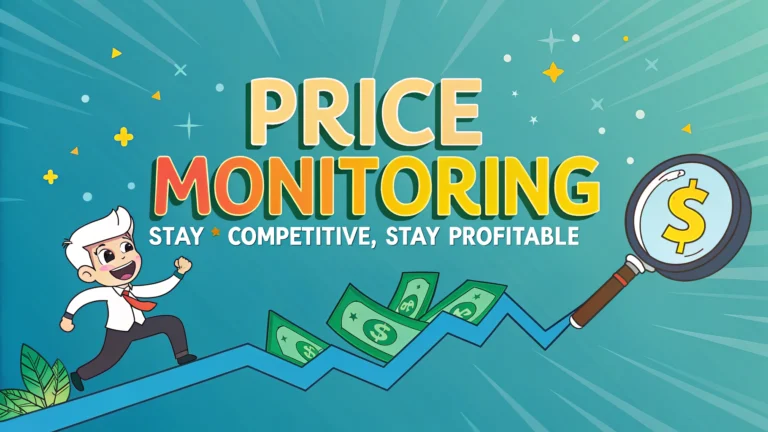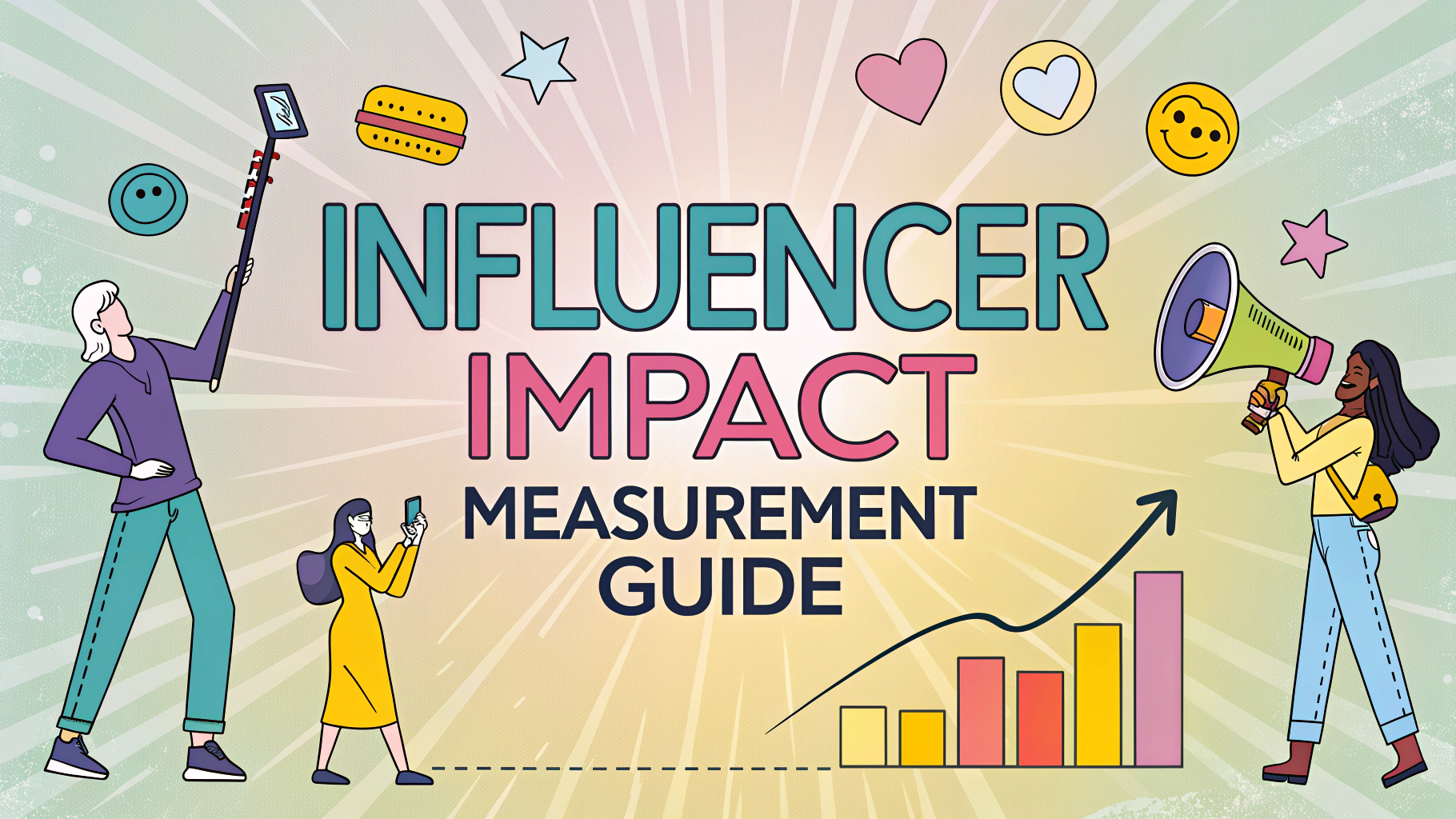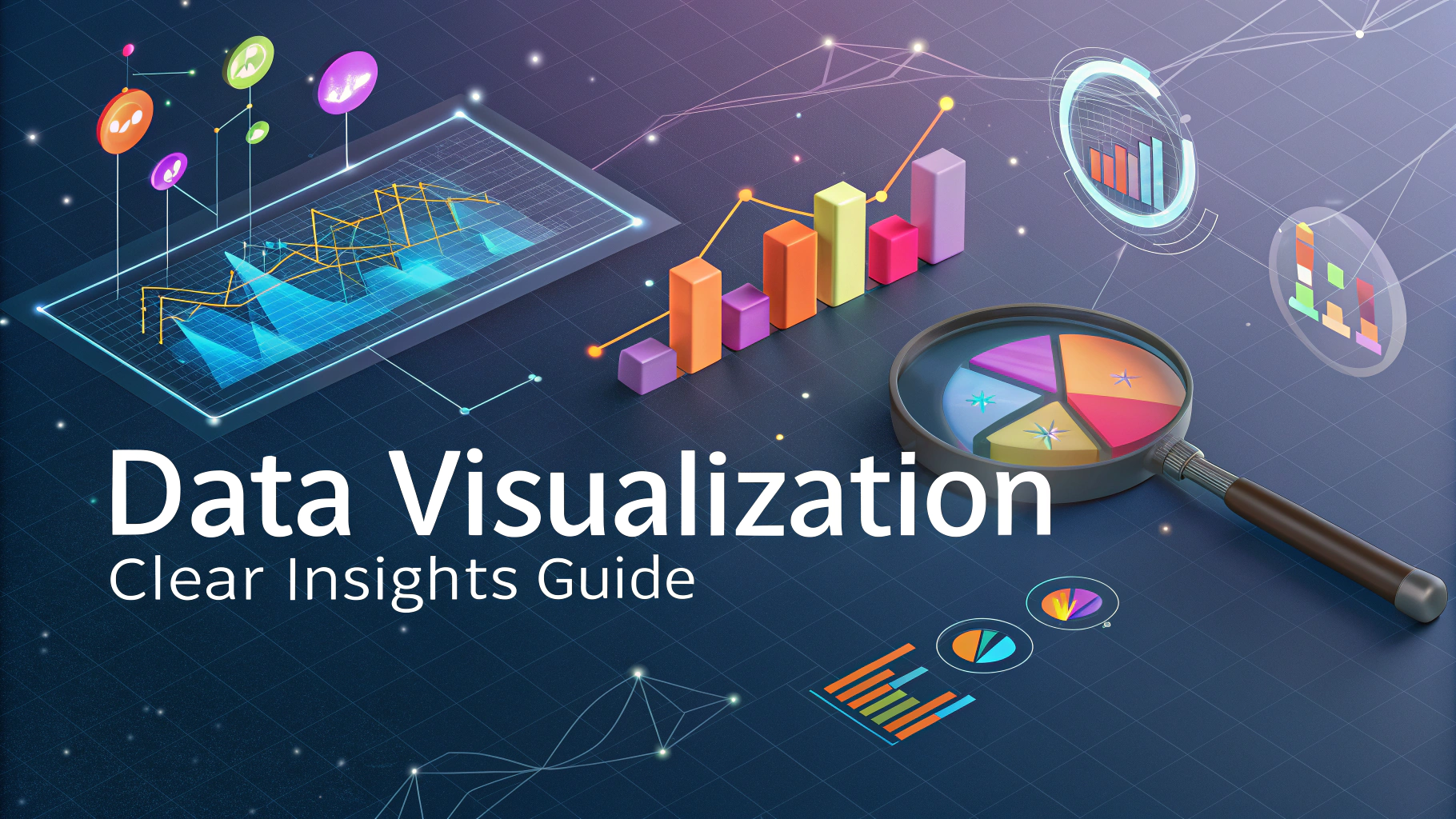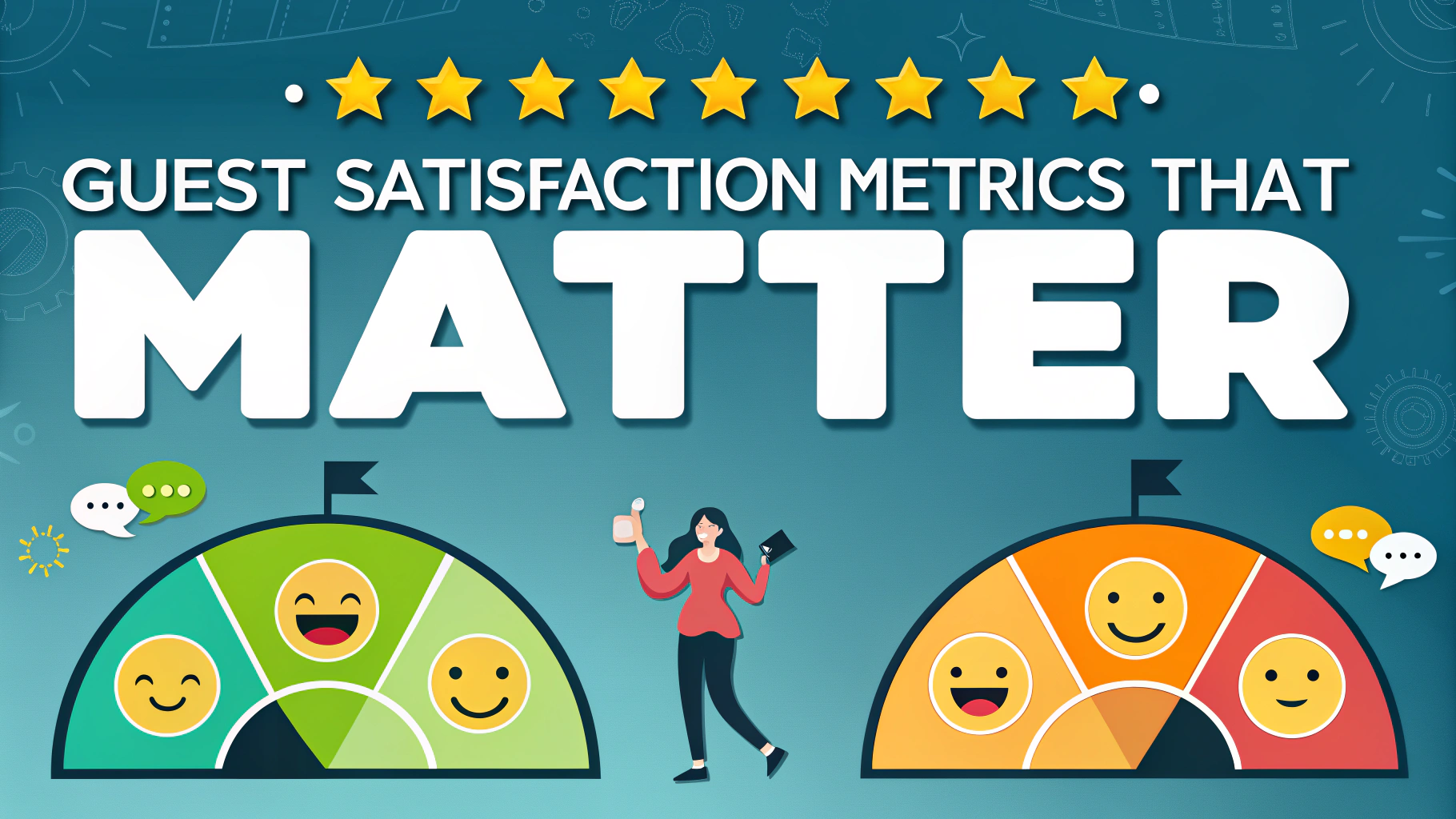Price monitoring helps hotels maintain their competitive edge while ensuring profitability in a dynamic market.
Regular analysis of competitor rates allows hotels to adjust their pricing strategies effectively, preventing both overpricing and undervaluing their rooms.
This guide explores practical methods for implementing price monitoring systems and using the data to make informed pricing decisions.
Essential Price Monitoring Tools
- RateGain – Offers real-time competitive intelligence
- OTA Insight – Provides rate shopping and market analysis
- TravelClick – Delivers comprehensive market data
- RateWise – Specializes in automated rate tracking
Key Metrics to Monitor
- Average Daily Rate (ADR)
- Revenue Per Available Room (RevPAR)
- Competitor occupancy rates
- Market demand patterns
- Special event calendars
Implementing an Effective Monitoring Strategy
Set up daily rate checks for your competitive set during peak booking windows.
Track rates across multiple distribution channels, including direct bookings and OTAs.
Monitor pricing patterns during special events, holidays, and low seasons.
Competitive Set Analysis
| Factor | What to Consider |
|---|---|
| Location | Distance to attractions, transport links |
| Star Rating | Official classification and guest ratings |
| Amenities | Room features, facilities, services |
Rate Adjustment Best Practices
- Adjust rates based on demand forecasts
- Consider value-adds instead of direct price cuts
- Maintain rate parity across channels
- Create targeted promotions for specific segments
Technology Integration Tips
Connect your Property Management System (PMS) with your rate monitoring tools for automated updates.
Use channel managers to maintain consistent rates across all platforms.
Implement automated alerts for significant competitor price changes.
Maximizing Revenue Through Smart Pricing
Balance competitive rates with profitability targets through regular analysis and adjustments.
Consider implementing dynamic pricing strategies based on real-time market data.
Contact professional revenue management consultants for specialized guidance (1-800-REVENUE).
Taking Action on Market Intelligence
- Create weekly pricing reports
- Hold regular revenue strategy meetings
- Document pricing decisions and outcomes
- Adjust strategies based on performance data
Data-Driven Decision Making
Leverage historical data and market trends to make informed pricing decisions that maximize revenue potential.
Use analytics tools to identify booking patterns and guest preferences that influence pricing strategies.
- Analyze seasonal trends
- Review historical performance
- Track market share changes
- Monitor customer feedback
Advanced Market Positioning
Develop unique selling propositions that justify your pricing strategy and differentiate your property from competitors.
- Highlight exclusive amenities
- Emphasize service quality
- Showcase location benefits
- Promote special packages
Crisis Management and Pricing
Establish contingency plans for unexpected market changes and external factors affecting demand.
- Create flexible rate structures
- Develop emergency pricing protocols
- Maintain communication channels with stakeholders
- Build reserve strategies for low-demand periods
Sustaining Long-Term Price Optimization
Regular evaluation and adjustment of pricing strategies ensure sustained competitiveness and profitability in the evolving hospitality market.
Invest in continuous staff training and technology updates to maintain effective price monitoring systems.
- Schedule quarterly strategy reviews
- Update competitive sets annually
- Refine monitoring processes
- Stay current with market trends
FAQs
- What is hotel price monitoring and why is it important?
Price monitoring is the continuous tracking of room rates across different distribution channels and competitors to optimize pricing strategies and maintain market competitiveness. - How often should hotels update their pricing?
Hotels should update prices at least daily, with some properties in highly competitive markets adjusting rates multiple times per day based on demand, events, and competitor movements. - Which competitors should I monitor for price comparisons?
Monitor direct competitors within your comp set – hotels with similar star ratings, amenities, location, and target markets, typically 5-7 properties that guests commonly compare you against. - What pricing metrics should hotels track besides room rates?
Track RevPAR (Revenue Per Available Room), ADR (Average Daily Rate), occupancy rates, competitor rates, market demand patterns, and rate parity across distribution channels. - How can hotels maintain rate parity while staying competitive?
Use channel management systems to ensure consistent rates across OTAs, maintain strategic pricing agreements, and regularly audit rates across all distribution channels. - What role do OTAs play in hotel price monitoring?
OTAs serve as key distribution channels and provide market intelligence through their rate data, helping hotels benchmark their pricing against competitors. - Which tools are essential for effective price monitoring?
Rate shopping tools, revenue management systems, channel managers, and competitive intelligence platforms like RateGain, OTA Insight, or STR reports. - How does seasonality affect price monitoring strategies?
Seasonality requires adjusting monitoring frequency and pricing strategies based on high/low seasons, local events, and historical demand patterns. - What impact do review scores have on pricing decisions?
Higher review scores often justify premium pricing, while lower scores may require competitive rate adjustments to maintain occupancy levels. - How can hotels respond to competitor price changes effectively?
Analyze the reason behind competitor price changes, consider your own costs and value proposition, and adjust rates strategically rather than automatically matching.







